Sarah Ripley watches her son, Jack, play with his uncle’s old Mutant Ninja Turtles.
Three-year-old Jack, with his blue eyes and blond hair, looks so much like his Uncle Adam. He acts like him, too—often showing flashes of Adam’s outgoing, outspoken and determined personality.
All great qualities. All things that touch Ripley’s heart. All reminders of the beloved little brother she lost.
But when she looks at her son, she feels relief, too. She knows there is one quality he does not share with his Uncle Adam: He did not inherit the genetic mutation that causes Duchenne muscular dystrophy.
A genetic test provided that reassurance.
It wasn’t easy to decide whether to undergo testing to see if she was a carrier for the disease. But ultimately, she is glad she did. The answers provided information that made a profound difference for her and her family.
And to Ripley’s surprise, it provided key health information for her mother—who discovered she is at risk for heart disease.
As scientists unearth the genetic causes behind a growing number of diseases, more and more families wade through the tricky terrain of genetic inquiry. How much do they want to know? And when do they want to know it?
It’s deeply personal stuff. So personal that geneticists generally don’t advise—they inform.
“For a case like this (Duchenne muscular dystrophy), we wouldn’t recommend what to do,” said Caleb Bupp, MD, a Spectrum Health geneticist. “We would talk with the family and help them make the best decision for them.”
A surprising diagnosis
Ripley’s mother, Barbara Velte, knew little about Duchenne muscular dystrophy before she had children. She and her husband, Michael, had never heard of any family members with the genetic disorder.
Adam was 5, and Ripley—his older sister—was 7 when they learned about his diagnosis.
Velte had been concerned about Adam’s coordination and strength. He fell a lot. He often asked to be carried. He tended to walk on his tiptoes. And his calf muscles were unusually large for a little boy.
After a biopsy of Adam’s leg muscle, a doctor told her that Adam had Duchenne muscular dystrophy. The condition involves the absence of dystrophin, a protein that keeps muscle cells intact. It causes muscles to degenerate and grow weaker.
“When I left there I was just crying,” Velte said. “I just wanted to get out of there.”
The disease affected Adam’s legs first, making it increasingly difficult to walk. By fifth grade, he relied on a wheelchair to get around.
Over time, the disease affected his upper body, including his lungs, arms and hands.
“When his hands worked, he loved to draw,” Velte said. “When his hands stopped working, that was heartbreaking to us.”
He still managed to use a joystick to maneuver his wheelchair.
Through those years, Velte worked to open as many doors as possible for Adam.
“My husband and I always focused on what he could do,” she said. “Whatever he wanted to do, we tried to (make it happen).”
Adam loved to read and watch movies, especially science fiction and fantasy. He played video games. And he watched wrestling so much he became an expert.
Ripley grew up watching her younger brother’s physical abilities decline.
Like most brothers and sisters, they shared sibling moments, like a memorable trip to Disney World. And they had their share of spats.
“We couldn’t wrestle like some kids, but our verbal arguments were on point,” she said. “(The disease) didn’t affect his brain at all. One time he said to me, ‘Why are you being so persnickety?’ And I said, ‘Why are you making up that word?’”
Making the decision
Ripley first considered genetic testing 10 years ago, after she married her husband, Paul.
She knew Duchenne muscular dystrophy is passed to boys from their mother through a genetic mutation on the X chromosome.
A woman who carries the mutation has a 50 percent chance of passing the disease to her son. And her daughter has a 50 percent chance of becoming a carrier.
As a newlywed, she began to wonder what would happen if she had children. Was she a carrier? If she had a son, could she pass on the muscular dystrophy gene?
As she pondered, her dad pointed out the joy Adam brought to their lives.
“He said, ‘You love your children no matter what,’” she recalled. “This is just what we were handed, and we dealt with it. …You can’t play God.”
Ripley agreed and opted against the test.
After he passed away, I said I can’t do this again. I need to know for sure.
Three years later, on Sept. 11, 2011, Adam died at age 26.
It was a devastating loss for the family. Ripley mourned for her only brother as her parents grieved for their only son.
“I can still barely talk about it,” she said.
She found some comfort in organ donation: Adam’s corneas were able to help someone else.
And with Adam’s death, she began to look at genetic testing in a new light.
“After he passed away, I said I can’t do this again,” she said. “I need to know for sure.”
She made an appointment with a genetic counselor at Spectrum Health in late 2012. Without Adam available for a blood test, the geneticist tested her and her mother.
Learning the odds
Dr. Bupp explained the genetics behind the disease.
“Duchenne muscular dystrophy is an X-linked condition,” he said. “It’s caused by a change on the X chromosome. Males only have one X so usually they have a lot more health problems.
“Females have two X chromosomes so they have a backup. Females aren’t typically really affected, or if they are, it’s milder.”
When a boy is born with Duchenne muscular dystrophy, there is a 1 in 3 chance it was caused by a spontaneous mutation. There is a 2 in 3 chance it came from his mother.
Velte did not know for sure if she was a carrier. An early blood test indicated she might be, but that was before more sophisticated testing became available.
That uncertainty left Ripley with a wide range of possibilities for herself and her future children.
“It becomes this burden of risk,” Dr. Bupp said. “It could be a one-in-whatever chance, or it could be zero or it could be 100 percent. And that’s a really strange place to be for patients, because there is such a difference between those scenarios.”
That uncertainty hits people in different ways, he said. Some want a definitive answer. Others would rather not know.
A new start, a new year
For Ripley, the answer came on Jan. 2, 2013. Her genetic counselor called to tell her she was not a carrier of the Duchenne muscular dystrophy gene.
“She said, ‘I just want you to know it’s negative,’” Ripley recalled. “It was a good start to that new year.”
In September 2014, she and her husband welcomed their first son, Jack Adam Ripley. Four years later, their second son, Owen James Ripley, was born.
For both pregnancies, they found out at 20 weeks they were having a boy. Without the genetic testing—and the reassurance she was not a carrier—Ripley doesn’t know how she would have handled the uncertainty during her pregnancies.
“I just would have been worrying about it the whole time,” she said. “I would have been stressed. I would have been Googling things way more than I already was.”
The effect on the carriers
For Ripley’s mother, the genetic testing confirmed she is a carrier for Duchenne muscular dystrophy. To her surprise, the geneticist advised her to see a cardiologist.
“I just kind of laughed and said, ‘I don’t have a heart problem,’” she said.
That was a blessing in disguise.
She learned that although women do not suffer the full effect of Duchenne muscular dystrophy, the disease does sometimes affect their heart.
“Most women who are carriers do not have any symptoms and do not have any heart condition,” said her cardiologist, Craig Alguire, MD. “But a small percentage eventually have symptoms.
“When you have two X chromosomes, sometimes one is more selectively active than the other. If the wrong X chromosome is more active, you could be a symptomatic carrier.”
He added that women typically experience symptoms much later than boys.
In Velte’s case, an EKG and echocardiogram revealed scar tissue on the back of her heart. The scarring resembled the damage that would be caused by a heart attack, although Velte had not suffered a heart attack and her coronary arteries were not blocked.
The culprit? The Duchenne muscular dystrophy gene and the production of dystrophin protein.
“She has been fortunate not to have a whole lot of symptoms,” he said. “She just has slightly decreased heart function and this abnormal protein that her body is producing.”
She now takes medication—ACE inhibitors and beta blockers—to help her heart. She also undergoes annual tests to monitor her condition.
For Velte, who underwent the genetic testing to help her daughter, detecting and treating her heart condition came as an unexpected bonus.
“That was a blessing in disguise,” she said.
Speaking of blessings, Velte lights up when she talks about her two grandsons. She takes care of Jack, now 3, and Owen, who is 9 months, while their parents work.
When the kids visit her house, Jack likes to play with the action figures in his Uncle Adam’s bedroom. He asks about the Hulk poster on the wall.
“It’s been great,” Velte said. “I felt I lost my purpose after my son passed away. I felt I needed a purpose—and they gave me a purpose again.
“It’s like a blessing from God. He gave me two beautiful grandsons.”
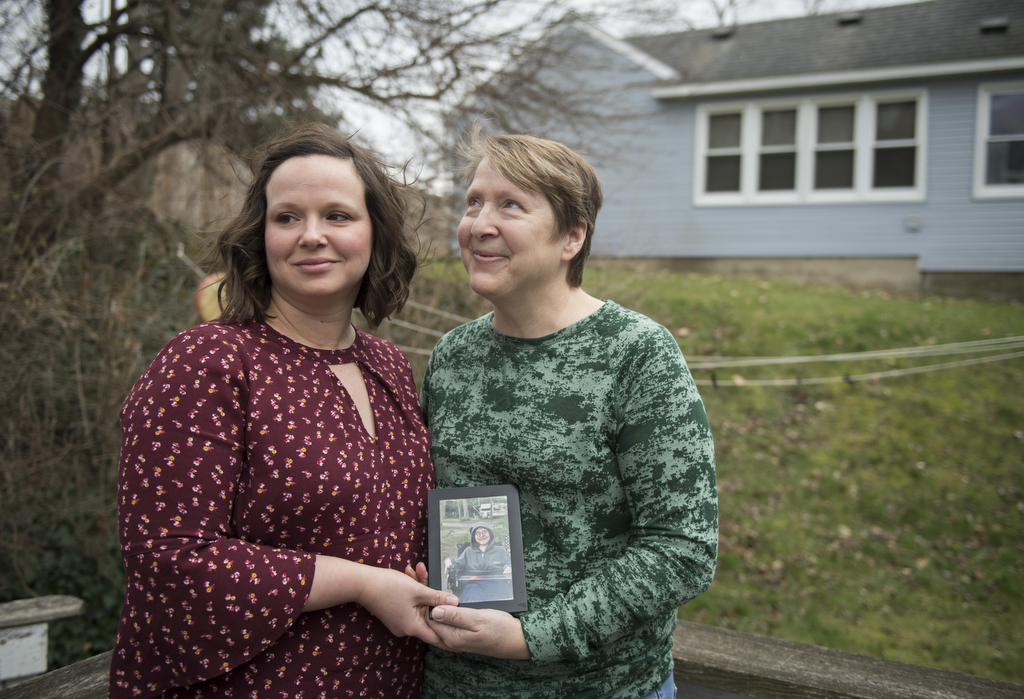
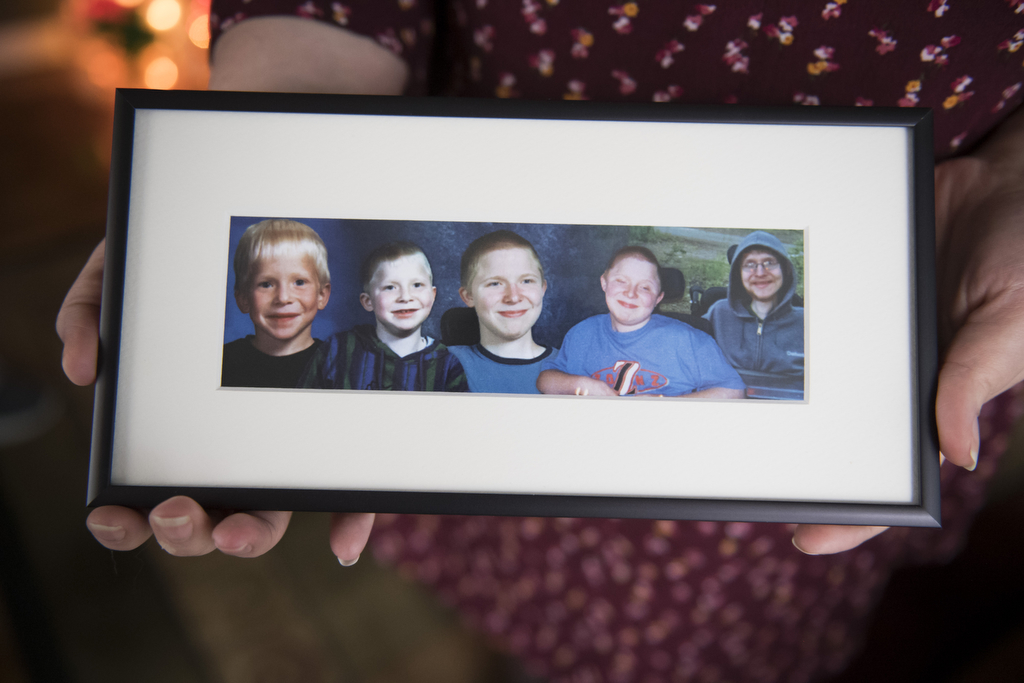
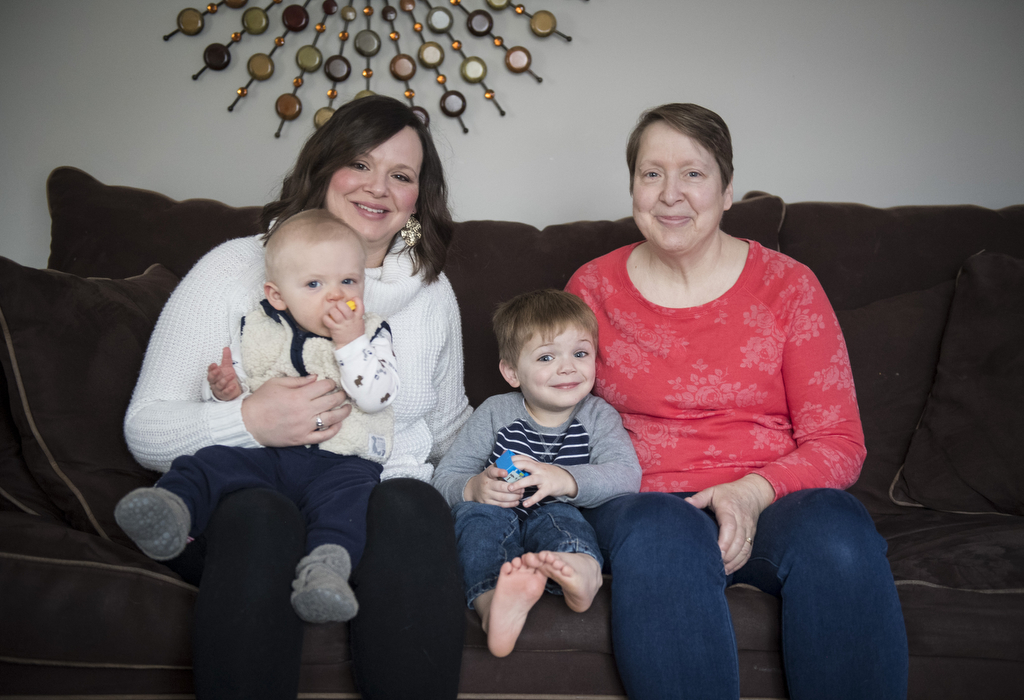
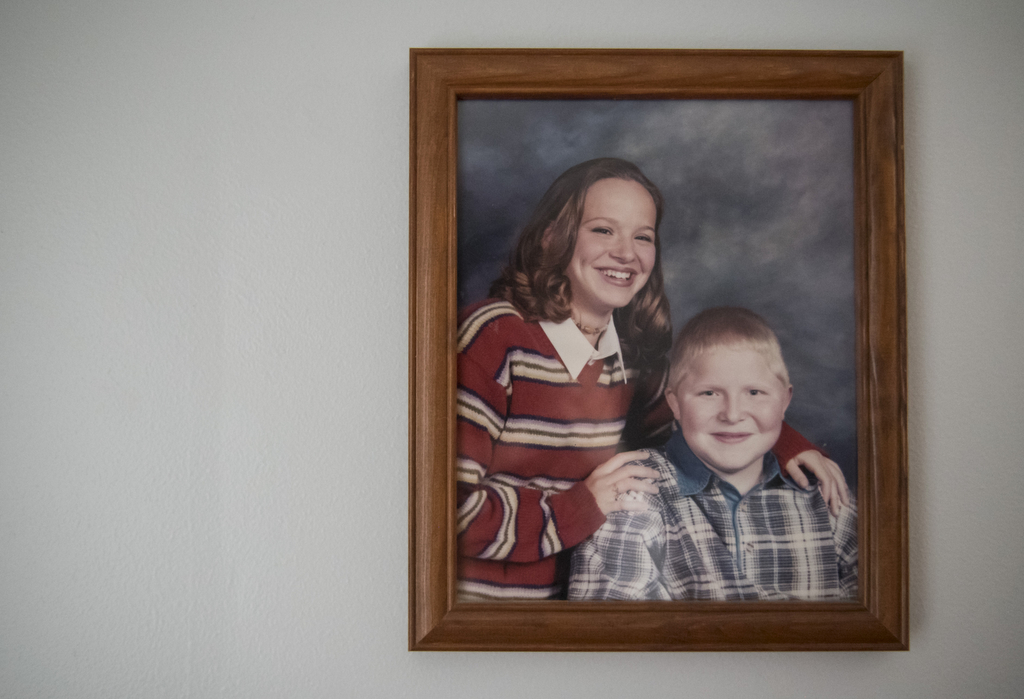

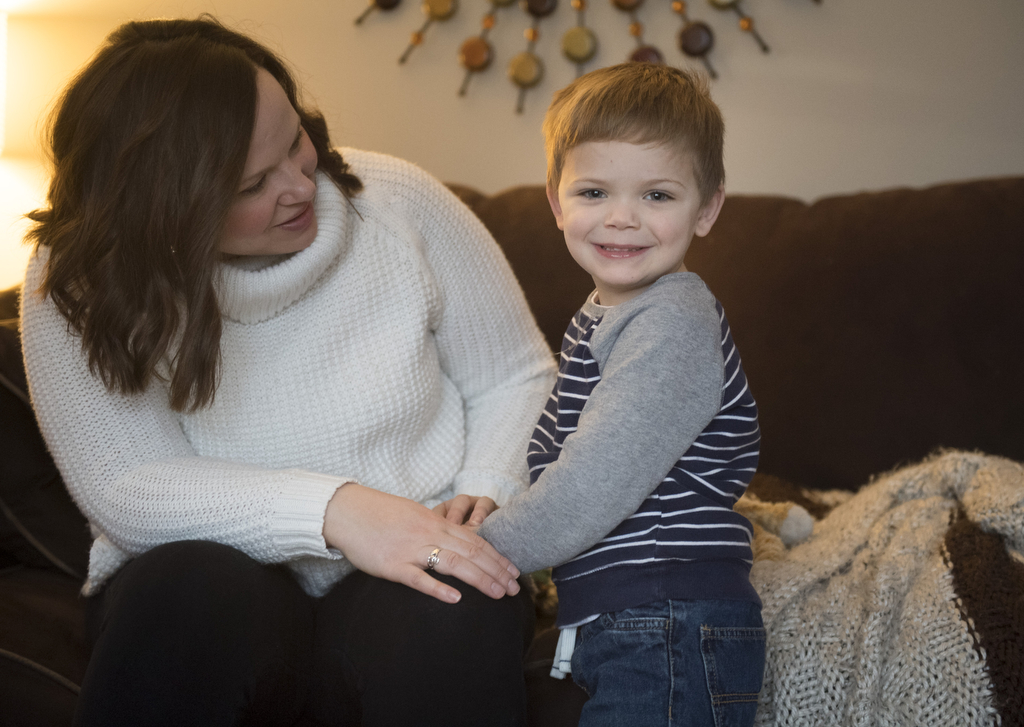
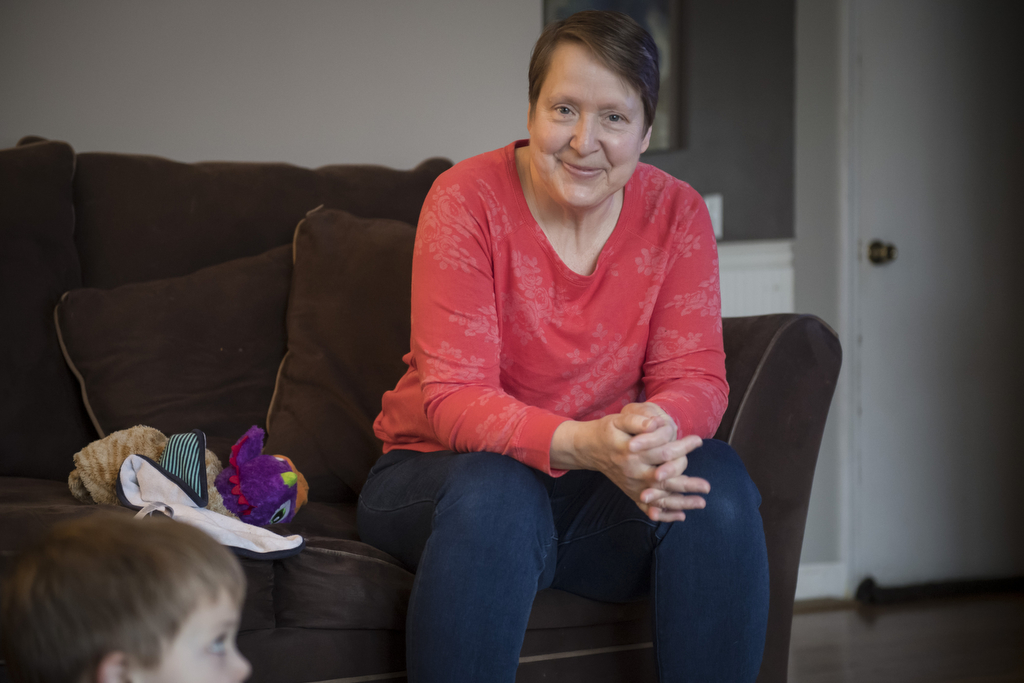
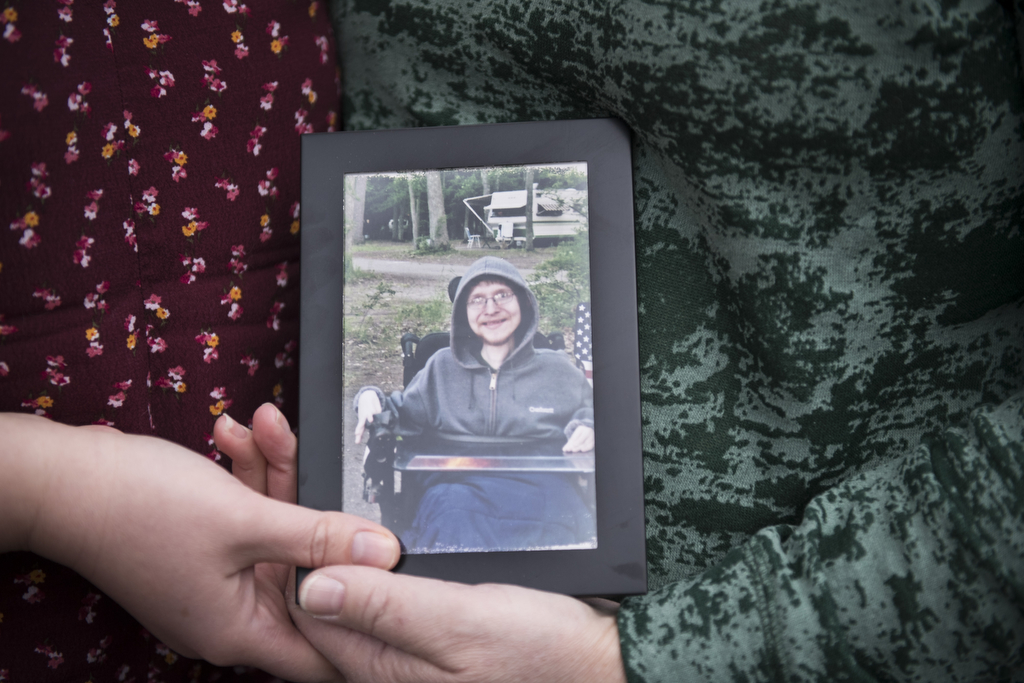
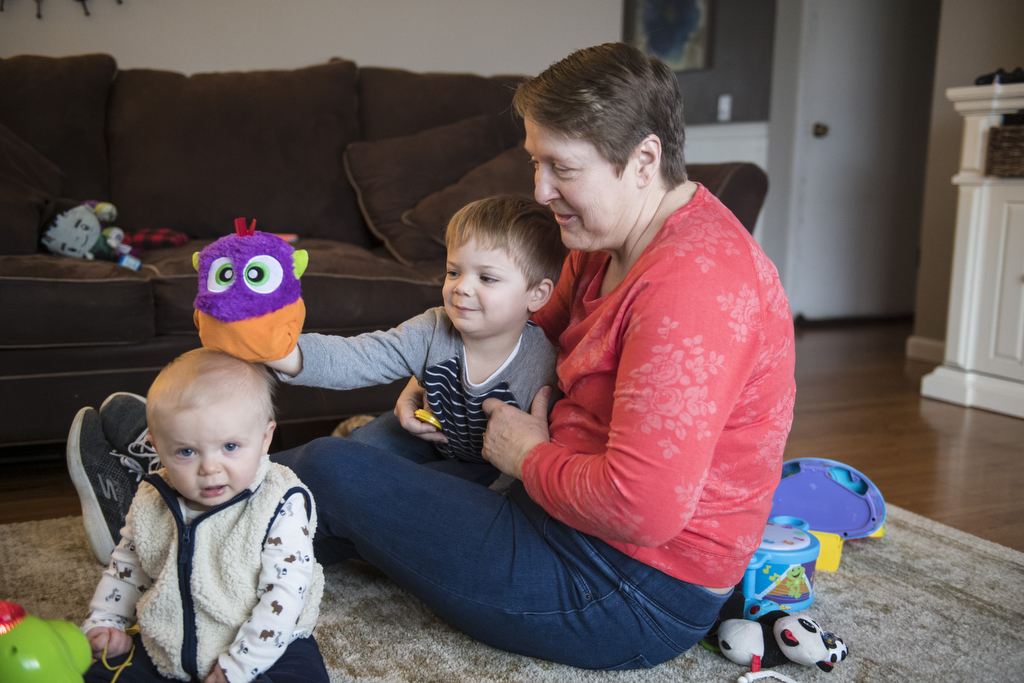
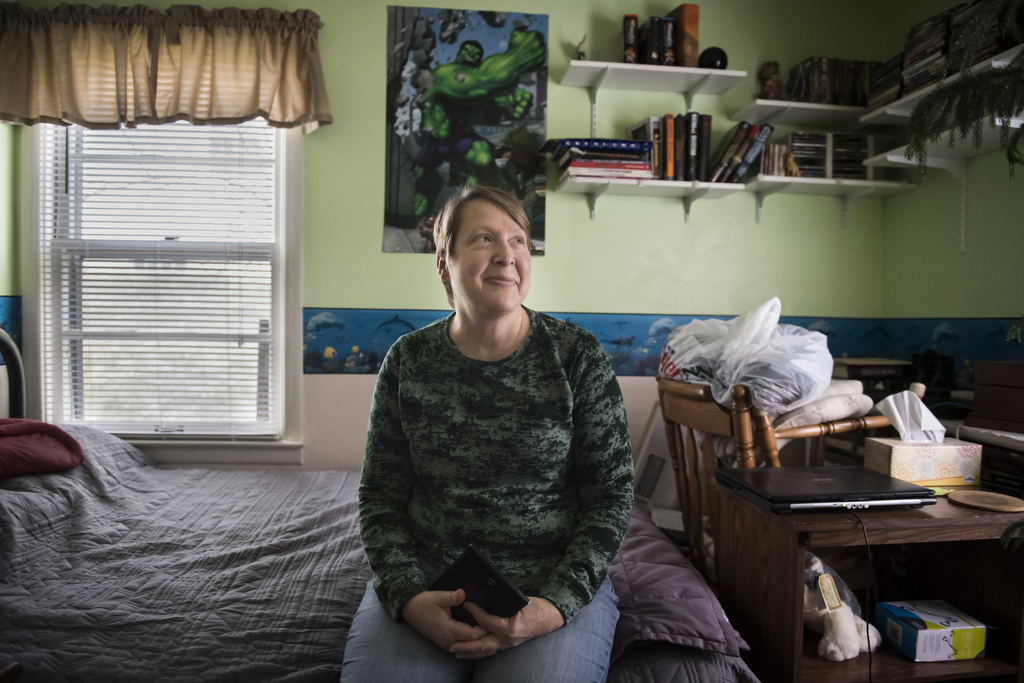


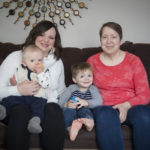

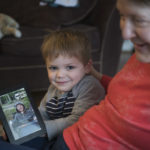

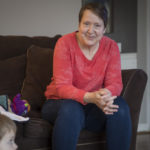



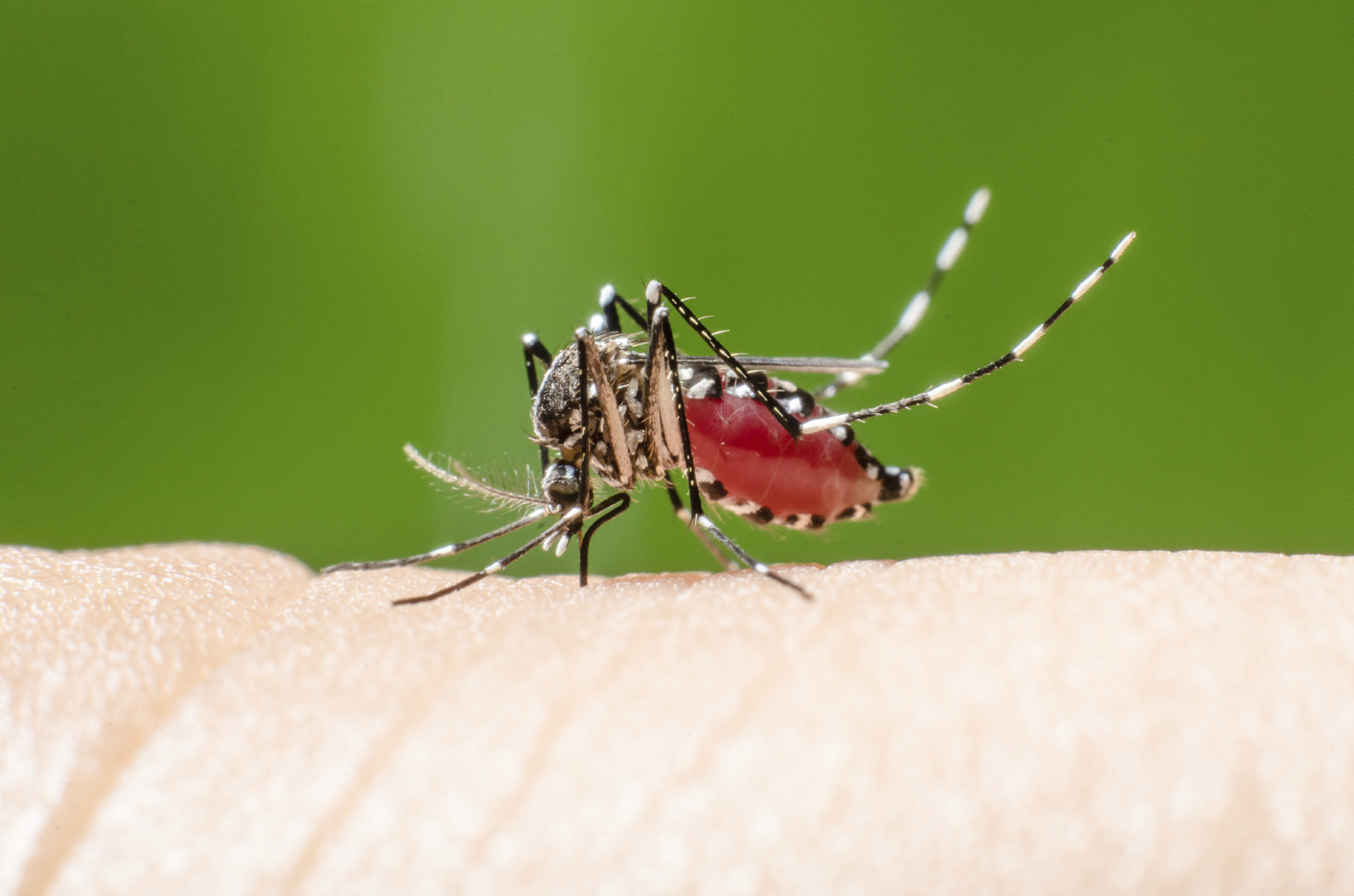 /a>
/a>
 /a>
/a>
 /a>
/a>